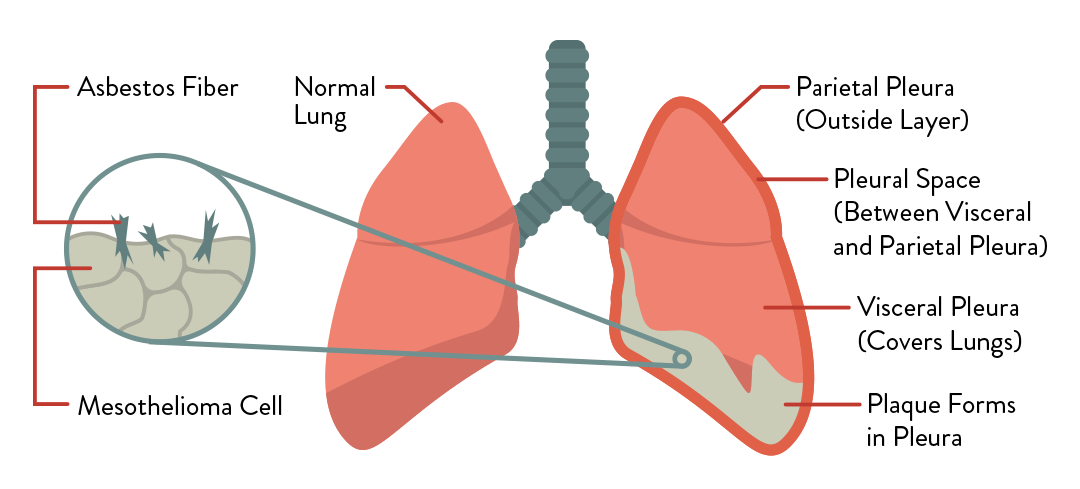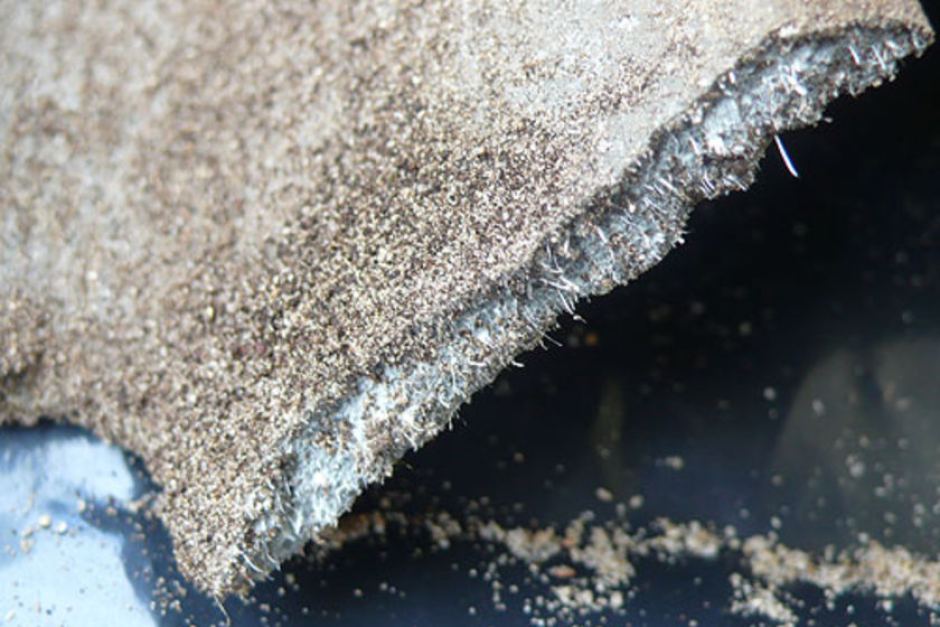The link between asbestos and mesothelioma was first reported in a study of German asbestos workers conducted in 1943. Although this study found a link between lung scarring caused by asbestos fibres - known as asbestosis - and cancer in the mesothelial cells of the lungs and chest, it wasn't until the 1960's that the link between asbestos and mesothelioma began to become widely recognised by the medical community.
Asbestos: It may look harmless, but if inhaled or ingested it can lead to serious health problems.
It took even longer for the general population and industry to take notice of the results, with asbestos being widely used in the Australian housing industry up until 1990. A total asbestos ban was put in place in Australia in 2003 but in many parts of the world, such as Russia, it is still legal to use and even mine asbestos.
Mesothelioma is a type of cancer that affects the body's mesothelial cells (the cells that cover most of the body's internal organs) and is caused by exposure to asbestos. This exposure could occur from inhalation or ingestion; usually by undertaking renovations, through contaminated talcum powder or through work.
There are three types of Mesothelioma, all of which are fatal, and can take anywhere between 10-50 years to develop.
Pleural Mesothelioma is the most common, accounting for 80-90% of all mesothelioma cases. It occurs when asbestos damages the pleural lining that surrounds the lungs and chest. As it is a respiratory condition symptoms include chest pain, shortness of breath, fluid in the lungs (known as pleural effusion) and a dry cough.
Peritoneal Mesothelioma is the second most common type of mesothelioma and each year just under 500 people are diagnosed with this condition globally. This type of mesothelioma occurs when asbestos damages the peritoneum - the thin membrane surrounding the abdomen. Individuals diagnosed with peritoneal mesothelioma usually have a higher rate of survival than those with one of the other two kinds.
Pericardial Mesothelioma, like the name implies, effects the lining surrounding the heart cavity. Because it is extremely rare, the prognosis for patients with this type of mesothelioma is usually around six months.
Home renovators should be cautious of asbestos.
Even though asbestos has been banned here for close to 15 years, Australia still has one of the highest rates of Mesothelioma in the world. In Australia 759 cases were diagnosed in 2014, and a further 675 cases were diagnosed in 2015.
This high rate of mesothelioma is primarily due to the high amount of asbestos in our existing housing supply and our nation's love of home renovations. If you suspect your house might contain asbestos, don't try and remove it yourself, do the safe thing and call in an accredited assessor or a licensed asbestos removal contractor.




















